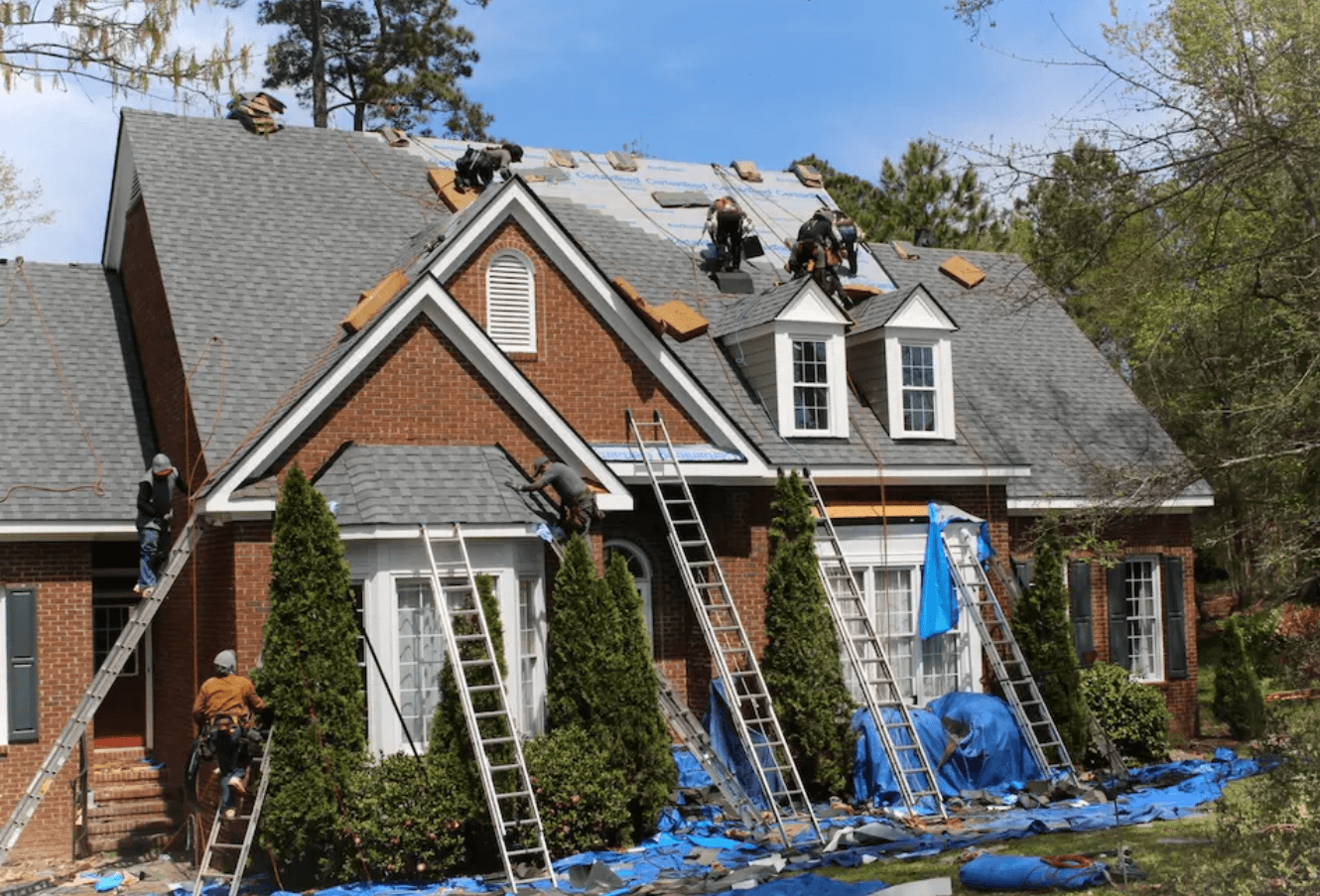When it comes to maintaining and protecting your home, few things are as crucial as a sturdy roof. Unfortunately, roofs don’t last forever, and over time, they can suffer damage from various factors, including weather, wear and tear, or unexpected accidents. In such cases, getting your insurance to cover the roof replacement cost can be a lifesaver. This comprehensive guide will walk you through the steps to successfully navigate how to get insurance to pay for roof replacement.
Understanding how to get insurance to pay for roof replacement
1. Review Your Policy Coverage
The first step is to review your homeowners’ insurance policy thoroughly. Not all insurance policies cover roof replacements, and the extent of coverage can vary widely. Look for sections that pertain to roof damage, repair, or replacement.
2. Contact Your Insurance Agent
Contact your insurance agent if you have any doubts about your policy or need clarification. They can provide you with a clear understanding of your policy’s coverage, deductibles, and any specific requirements for roof replacement claims.
Assessing Roof Damage
3. Inspect Your Roof
Before filing a claim, it’s essential to assess the extent of the damage. Inspect your roof carefully for signs of damage such as missing shingles, leaks, or structural issues. Document the damage with photographs and notes for your records.
4. Obtain Professional Inspection
Consider hiring a professional roofing contractor to assess the damage to strengthen your case with the insurance company. They can provide a detailed report outlining the scope of repairs or replacement required.
Filing a Roof Replacement Claim
5. Contact Your Insurance Company
Once you have a clear understanding of your policy and the extent of the damage, it’s time to contact your insurance company to initiate the claims process. Be prepared to provide them with all the documentation and information they require.
6. Detailed Claim Submission
When submitting your claim, ensure that it is comprehensive and well-documented. Include all photographs, reports, and estimates from roofing professionals.
Working with Adjusters
7. Schedule an Adjuster Inspection
The insurance company will typically send an adjuster to assess the damage and determine the cost of repairs or replacement. Be present during this inspection to answer any questions and provide additional documentation if necessary.
8. Negotiating with the Adjuster
If the adjuster’s initial assessment doesn’t cover the full cost of your roof replacement, don’t hesitate to negotiate. To support your case, provide them with evidence, such as additional estimates.
Roof Replacement Process
9. Choose a Reputable Roofing Contractor
Select a licensed and insured roofing contractor with a good reputation. They will be responsible for the actual replacement work and should meet the insurance company’s requirements.
10. Obtain Necessary Permits
Ensure that all required permits and approvals are in place before the replacement work begins. Failure to do so could jeopardize your insurance claim.
11. Keep Records
Keep detailed records of all expenses, invoices, and receipts throughout the roof replacement process. This will help in the reimbursement process. Read more…
Conclusion
Getting insurance to pay for roof replacement involves careful preparation, documentation, and effective communication with your insurance company. Following the steps outlined in this guide can increase your chances of a successful claim and ensure that your home remains protected.
FAQs
1. Will my insurance cover the full cost of roof replacement?
The extent of coverage varies from policy to policy. Review your policy and discuss it with your insurance agent to understand the coverage limits.
2. How long does the insurance claims process usually take?
The duration of the claims process can vary, but it typically takes a few weeks to a couple of months, depending on the complexity of the case and your insurance company’s efficiency.
3. Can I choose any roofing contractor for the replacement?
While you can choose a roofing contractor, it’s essential to ensure they meet the insurance company’s requirements to avoid any issues with your claim.
4. What should I do if my claim is denied?
If your claim is denied, you have the option to appeal the decision. Consult with your insurance agent to understand the reasons for denial and the steps for appealing.
5. Are there any preventive measures to avoid roof damage?
Regular roof maintenance, inspections, and prompt repairs can extend the life of your roof and minimize the risk of extensive damage that requires replacement.










